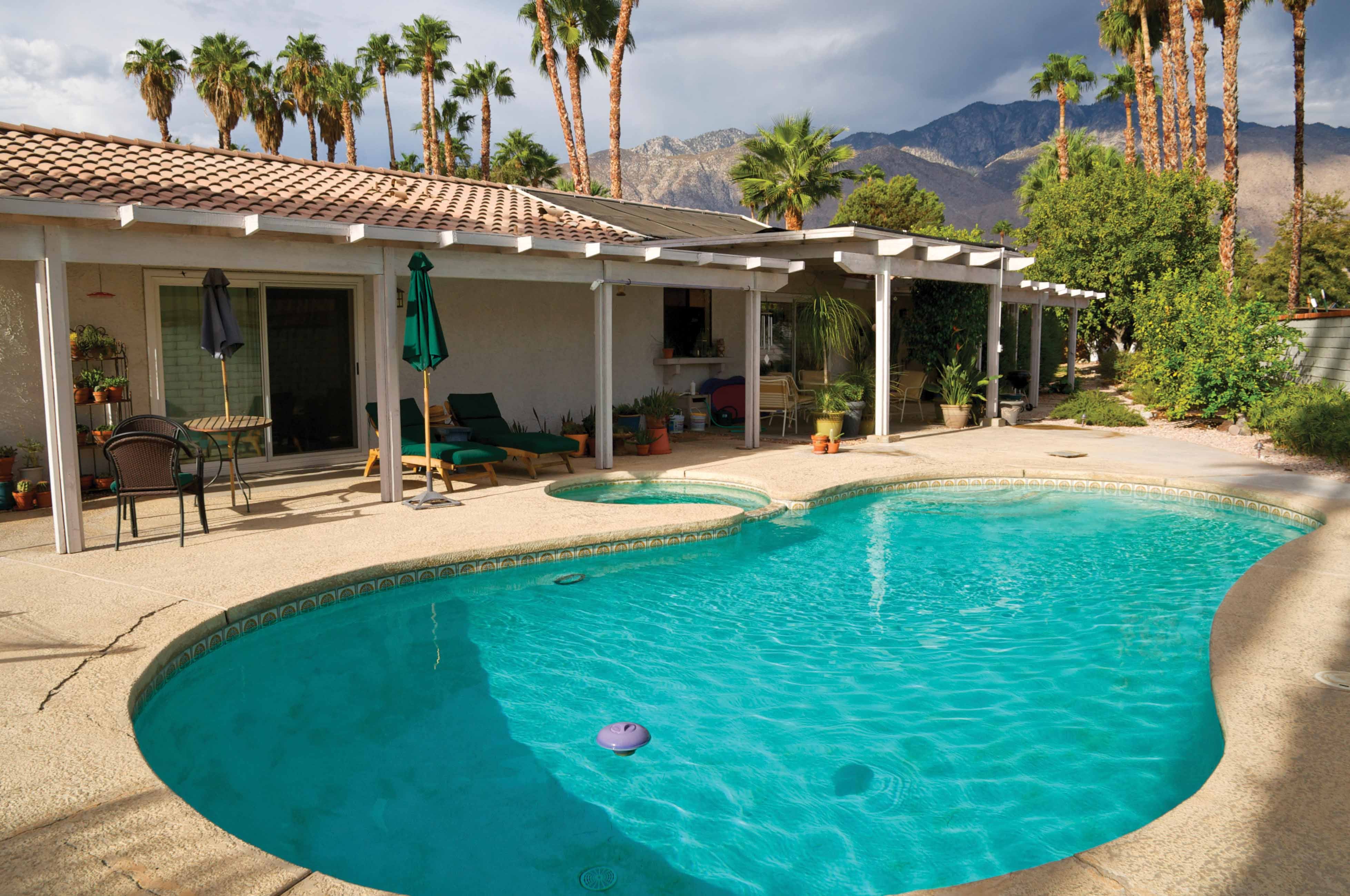Train In Your Own Backyard

Photo: iStock
With some clever strategies, you can turn any backyard or hotel pool into a training venue.
The backyard pool is an untapped resource for triathlon training. Most of the time it just sits there, small but sparkling, as we drive to the lap pool for swim sessions.
Product Upgrades
There are a few products on the market that can turn your small pool into a training oasis. On the high end, Endless Pools makes the Fastlane ($7,400 and up, Endlesspools.com), which is a hydraulic motor and propeller system that you can install to produce an adjustable current for swimming or aqua-jogging. Another product called SuperSwim (starting around $200, Superswim.com) is a tether that attaches to the end of your pool so you can constantly swim in one place without turning at a wall. Finally, there are a few varieties of stretch cords that you can attach to your waist and to a stationary object on the deck. The cord offers more resistance as you stretch it across the pool and will make a 25-foot pool seem much longer.
RELATED: Pick The Swim Drill For Your Weakness
DIY Tools
With two bike tubes and a nylon belt, you can create a transportable system to use while on the road. Cut out the valve stems and tie the tubes together. Attach one end to a fixed object near the edge of the pool and the other end to the belt. Adjust the fit of the belt and length of the tubes to your liking and start swimming.
RELATED: What To Do When The Pool Is Packed
Drills For Small Pools
Fortunately, there are also ways to utilize the backyard pool that do not require another expensive triathlon-related purchase (or any MacGyver skills). Here are five drills that you can do right now:
Kicking
Take advantage of the short pool by working on your kick and improving core strength. Practice kicking stationary against the wall, vertically in the deep end and in short sprints across the pool. Mix in some breaststroke and butterfly kick for a lower-body workout.
Floating
The first step to having an efficient stroke is being able to relax and float at the surface of the water. Since floating is not a typical “set” at group practice, use your solo backyard time to practice and unwind at the same time.
No Walls
Turn around at the end of the lap without touching the wall or the bottom of the pool. Even better, swim along the edge of the pool, switching directions every couple laps. This is a very accurate open-water simulation because your wake will bounce off the walls and create choppy conditions.
Sculling
It is literally the slowest way to move through the water, but sculling is a good way to improve your “feel” for the water. Sculling is just a small back-and-forth movement of hands and arms (either extended in front of your head or next to your waist) to build strength and increase proficiency during the catch phase.
Popups
Every time you reach the wall on the deep end, do a series of 5–10 popups where you lift your body halfway out of the pool using just your arms. Also add some other exercises like squats, lunges, planks and crunches to combine an aerobic workout with a simple strength routine.